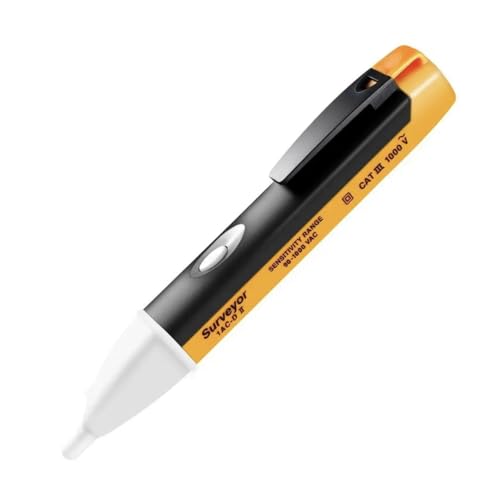Mrjmegson
Well-known member
Hey guys, I think I know the answer to this, but I'm not entirely sure.
I'm going to have 4 rows of 4 panels on my roof, and my inverter only has two inputs, so I've always thought I'd simply make two strings of 8 panels, but I'm now wondering if I can do 4 strings of 4.
Will I benefit from bringing 4 strings of 4 off of the roof, and combining them in a junction box to two strings, so simply putting the two pos together and two negs together?
Will this mean if I have an issue with 1 of the strings, the other 3 will run fine, as they are effectively being combined in parallel?
Also, no matter how many strings I have, I will be bringing solar cable into the loft, and into a junction box, and then running armoured from the loft, through the house to the electrics room, so will need a junction box to change the cable in. Can anyone recommend a junction box to use?
Cheers guys.
I'm going to have 4 rows of 4 panels on my roof, and my inverter only has two inputs, so I've always thought I'd simply make two strings of 8 panels, but I'm now wondering if I can do 4 strings of 4.
Will I benefit from bringing 4 strings of 4 off of the roof, and combining them in a junction box to two strings, so simply putting the two pos together and two negs together?
Will this mean if I have an issue with 1 of the strings, the other 3 will run fine, as they are effectively being combined in parallel?
Also, no matter how many strings I have, I will be bringing solar cable into the loft, and into a junction box, and then running armoured from the loft, through the house to the electrics room, so will need a junction box to change the cable in. Can anyone recommend a junction box to use?
Cheers guys.
































































